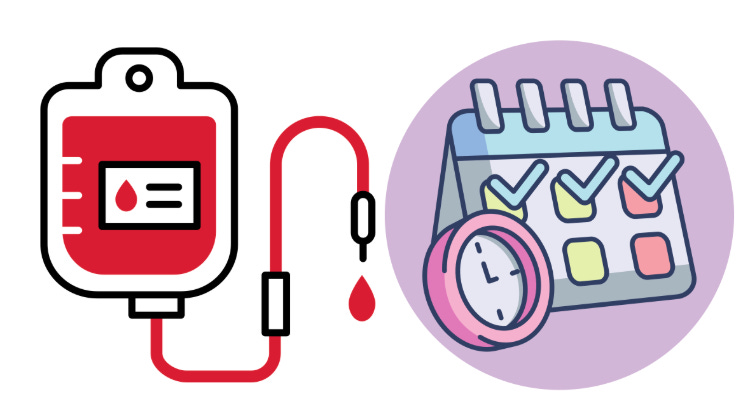Regular Bloodwork & Regular Team State of the Union Docs
When it comes to personal health, we often rely on regular bloodwork as a diagnostic checkpoint. Preventive medicine teaches us not to wait until we feel ill to measure cholesterol, glucose, or inflammation markers. Instead, we establish a baseline and track trends that reveal whether our body is functioning as it should.
Engineering teams deserve the same rigor. Instead of waiting for problems to become severe, engineering leaders can create regular State of the Union (SOTU) documents as structured check-ins to address issues proactively. Just as bloodwork surfaces early signals of health, SOTU docs help leaders analyze the state of their team across multiple dimensions, reflect deeply, and act before issues compound.
Structure of a SOTU Document
Think of a SOTU as a full-spectrum health panel for your team. It’s not just about velocity or deadlines; it’s about holistic health. A well-structured SOTU should cover:
🩺 TL;DR (Vital Signs)
A quick read on how the team is doing overall, much like the summary your doctor provides after reviewing lab results. Distill the signal into two or three sentences.
Example (for a healthy team):
“The team is in a strong place. Execution is predictable, morale is high, and cross-functional partners consistently highlight our reliability and collaboration. Engineers are identifying growth opportunities, and our investments in engineering excellence (quality, testing, and observability) are yielding results with fewer incidents and faster iteration. Risks are minimal and well-contained.”🎯 Team Focus (Current Treatment Plan)
What is the team currently prioritizing? Is there clarity and alignment on the most important goal, or are distractions pulling energy elsewhere?🧭 Team Direction (Long-Term Prognosis)
Beyond the immediate sprint or quarter, does the team understand its long-term mission and role in the org strategy? Is there a long-term direction for the team aside from achieving short-term goals?🌱 Career Growth & Team Roles (Muscle Building & Recovery)
Teams thrive when individuals thrive. Are engineers finding opportunities for stretch, mentorship, and skill development? Neglect here is like neglecting nutrition. Part of this involves also clarifying how you plan to utilize your team members’ strengths. For example, you might have team members who are more focused on engineering activities and others with a more product sense.🤝 Collaboration with XFN (Circulatory Health)
Just as blood flows through the body, information and collaboration must flow freely across Product, Design, Data Science, and other partners. Are there issues in those partnerships? It is essential to identify the root cause of any problems and examine how to streamline the collaboration.🏆 Wins (Positive Test Results)
What’s going well? Celebrating victories reinforces healthy habits and helps the team see progress.🙌 Recognitions (Immune Boosters)
Highlight individual and collective contributions. Recognition strengthens morale and resilience, much like boosting the immune system. More on recognition in this post.🛠️ Engineering Excellence (Preventive Care)
Is the team investing in code quality, reliability, observability, and reducing tech debt? Engineering excellence (see also this previous post) is akin to preventive care, as it reduces the likelihood of future incidents. See this article for⚠️ Risks (Warning Signs)
No check-up is complete without looking for red flags, eg, burnout, attrition, or quality gaps. Calling these out early allows for prompt intervention. A leader must also highlight the steps taken to mitigate those risks.
How Often to Write SOTU Docs
Just as annual bloodwork isn’t enough for high-performance athletes, yearly check-ins aren’t enough for the team. The right cadence depends on your team’s pace and context:
Quarterly: A good default for most teams, usually enough to track trends.
Monthly: Useful for rapidly scaling teams or those navigating major product shifts.
Biannual: Works for very stable, mature teams where changes are incremental.
The important part isn’t the exact cadence, but the commitment to making it a regular habit.
Who Is the SOTU Doc For?
The document is primarily intended for engineering leaders to reflect on progress, diagnose systemic issues, and adjust their course.
This information could also be shared with cross-functional partners to foster trust and transparency by demonstrating how the team is performing beyond output metrics.
Skipping bloodwork leaves you blind to slow-moving health issues. By committing to writing SOTU documents, leaders create a way to prevent risks from creeping in and spend time going deep, reflecting on the state of the team.




